In many ways, the last year has changed our relationship with wild places; as the COVID-19 pandemic forced us to confront the dangerous consequences of exploiting the natural world, we simultaneously turned to nature for comfort and adventure. The “bikepacking” trend took off in the United States, with bike sales soaring throughout 2020, while Australians turned to surfing as a way to reconnect with the environment.
In September, one study revealed that 58% of Americans said they didn’t appreciate nature as much as they should have before the pandemic, and six in ten said they’d finally been able to explore local trails, lakes, and parks. Even at a time when vulnerable hiking trails face increased pressure from climate change and forest fires, this collective interest in the great outdoors has inspired renewed hope for a more sustainable future.
In recent years, leading adventure photographers like Chris Burkard and Jody MacDonald have devoted their careers to capturing and sharing stories from some of the wildest places on Earth, from the volcanic landscapes of Russia’s far east to the arid plains of the Sahara and far beyond. Today’s adventure photographers inspire wanderlust and awe, but they also go deeper by reminding us to act as stewards and protectors of our planet’s remaining resources. In celebration of Earth Day, we put together this brief guide to getting started in this ever-evolving field.
Tip #1: Stay prepared
Conditions for an adventure photographer can vary from blazing hot days to ice-cold nights, from sandy dunes to splashing rivers, so safety will remain your top priority at all times. Research your location, and pack everything you’ll need to stay comfortable, including layers of clothing, sturdy shoes, camping gear, sun protection, a headlamp, a GPS navigator, insect protection, a first aid kit, a shelter, etc.
Hydration is key, and you can opt for a filtered water bottle or purifier designed for the outdoors. Don’t forget to check the weather forecast for the day of your trip, and download a sun-tracking app like PhotoPills or Sun Surveyor to help plan your shoot.
Depending on the conditions you encounter, you might also take physical training courses to prepare, so give yourself time to improve your skills and hone your fitness level on easier trails or climbs before tackling the bigger ones. Understanding your body and its limits will prove invaluable in the field. Browse outdoor classes offered in your area, especially those that focus on safety.
Tip #2: Travel light
Visualize the kinds of shots you’ll want to take before your trip, and pack accordingly—you don’t want extra gear weighing you down once you’re on-location. In most cases, you won’t need more than two or three lenses.
Many of today’s adventure photographers prefer mirrorless camera systems because they’re lighter and more compact than DSLRs; similarly, you might opt for a portable carbon fiber tripod over a heavier one. Whatever gear you choose, having a well-organized backpack (that offers easy access to your camera) is vital. Alternatively, you could opt for a clip like the always popular Capture Clip from Peak Design—adventure photography requires constant readiness and the ability to seize the moment.
Of course, you’ll also pack gear to protect your camera. Depending on your subject and destination, might need waterproof housing or moisture packs for your gear. You’ll want to avoid changing your lens in windy spots, so bear that in mind as well. Pack extra (fully-charged) batteries just in case, and consider a solar recharger like those offered by Goal Zero.
Tip #3: Bring some friends
Adventure photography marries the natural world with a human element, so ask friends or family members to be your hiking (or kayaking, surfing, etc.) buddies and models. You don’t need to travel to an exotic locale; adventures can often be found in your backyard. Even if you don’t get the photos you want the first time, you will have enjoyed your time with people close to you.
Choose an activity you love; research parks or lakes in your area, and if you can, camp overnight. Set your alarm for before everyone wakes up, and prepare for a golden hour photoshoot in the morning. Focus on honest, candid expressions, and remember to capture the whole story, from the adrenaline-packed moments in the mountains to the quiet scenes around the campfire.
Tip #4: Immerse yourself
Once you find your niche—be it surfing or rock climbing—absorb as much as you can about that sport or location. Doing your research will help keep you safe in inhospitable conditions, and it’ll also help you uncover unique and untold stories.
Reach out to people who are active in the community, from local guides to athletes, and if possible, become active yourself. In addition to being a top adventure photographer, for instance, Alexandre Buisse is an avid climber, skier, and paraglider; he wouldn’t be able to get the shots he does without that experience.
You don’t have to be the best athlete in the world, but it helps to know your sport and be able to anticipate unforgettable moments. Network with athletes, and connect with other photographers in your niche. An open, curious mind and a willingness to gain real-life expertise in your chosen sport or activity are just as valuable as top-quality gear, earning you the trust and confidence of your peers.
Becoming an expert and a specialist in your field will help open doors that might remain closed to outsiders. Chris Burkard cut his teeth by braving conditions others found too remote, wild, and cold; his persistence paid off, culminating in the documentation of the once-in-a-lifetime story of six surfers braving Icelandic waves under the northern lights. Stories like these can take years to find, but they’re usually worth it.
Tip #5: Switch it up
Jody MacDonald is famous for her daring and unexpected compositions. For the image above, for example, she wedged herself between two low rocks in the Sierra Mountains. Once you’re comfortable in the terrain, look for new perspectives; bend down, and then search for higher ground. Stay a step ahead of your subject, and don’t forget to turn around every once in a while to find unusual backgrounds or foreground details that help tell a larger story or provide a sense of scale.
Tip #6: Be responsible
Adventure photographers are among the most powerful advocates for conservation, but at the same time, irresponsible shutterbugs can do more harm than good. Consider, for instance, what happened in Jackson Hole in 2018: when the forests and lakes became overrun with tourists, the travel board had to ask photographers to stop geotagging their locations on Instagram, as the trails couldn’t handle the crowds.
Visiting and photographing in remote or wild locations is a privilege, so stay on the marked trails, steer clear of wildlife, and follow any posted guidelines. If you’re in a fragile ecosystem, consider keeping the location private; it’s worth familiarizing yourself with Leave No Trace’s social media guidance page. If possible, leave every place better than you found it: leave nothing behind, and clean up any litter or plastic you notice on the trails. You can also give back by donating your images to a conservation group in your area or encouraging others to donate.
Not on 500px yet? Sign up here to explore more impactful photography.

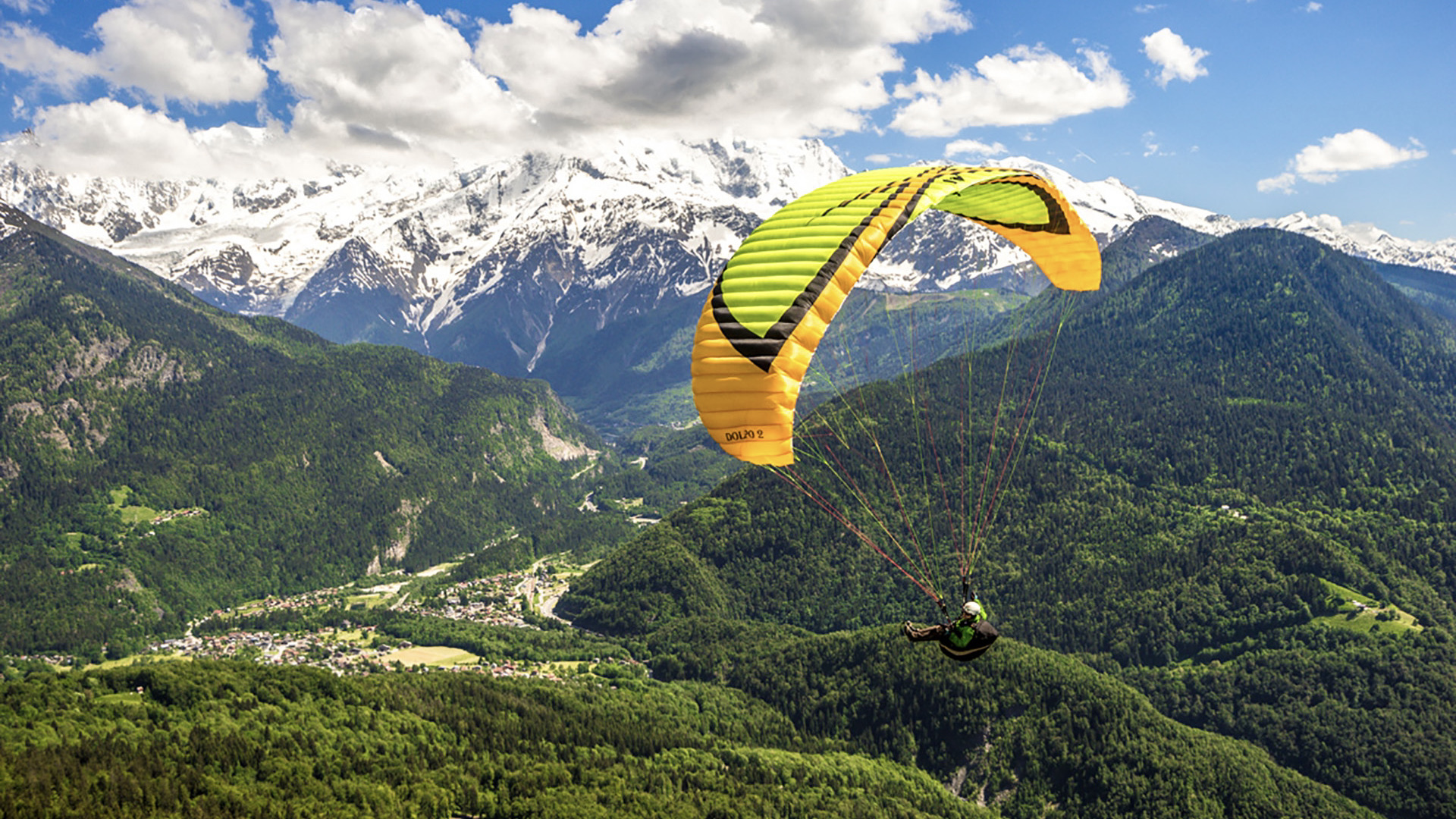
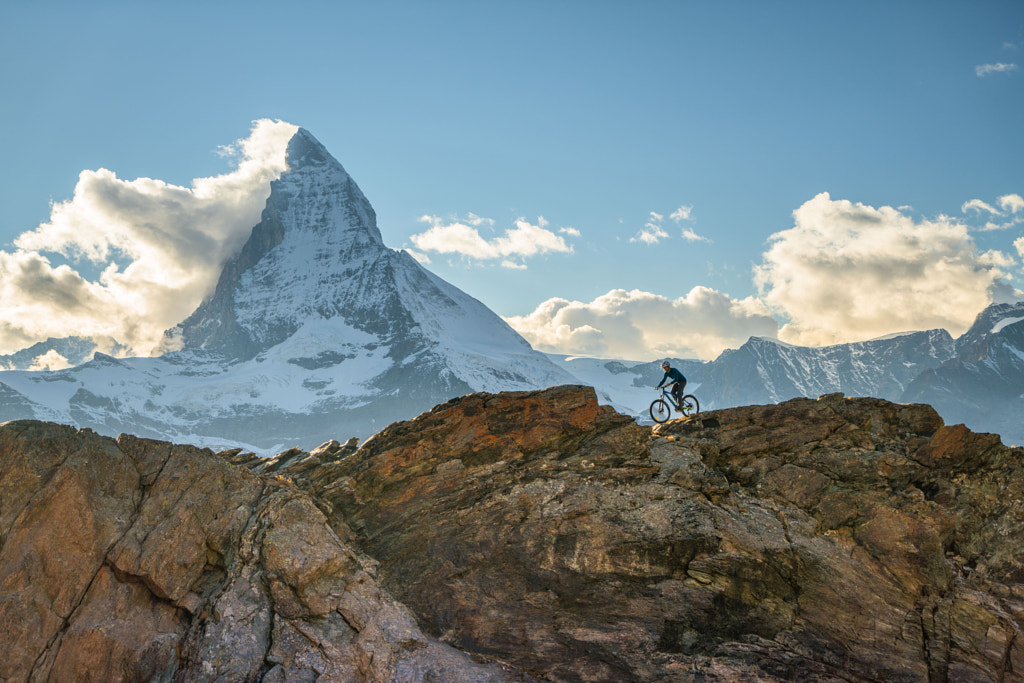


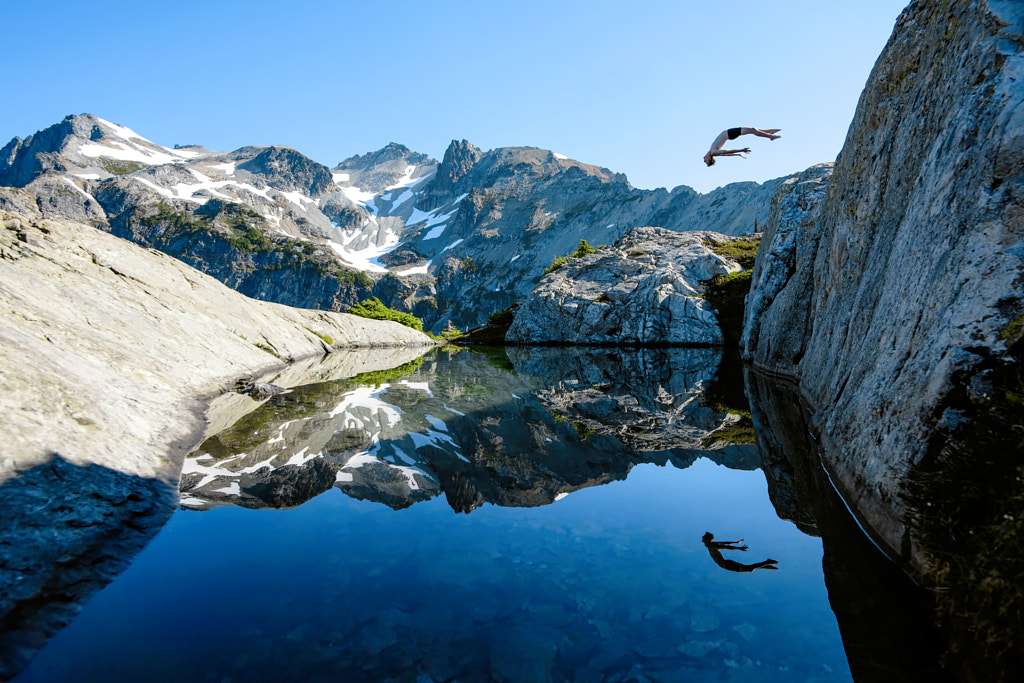
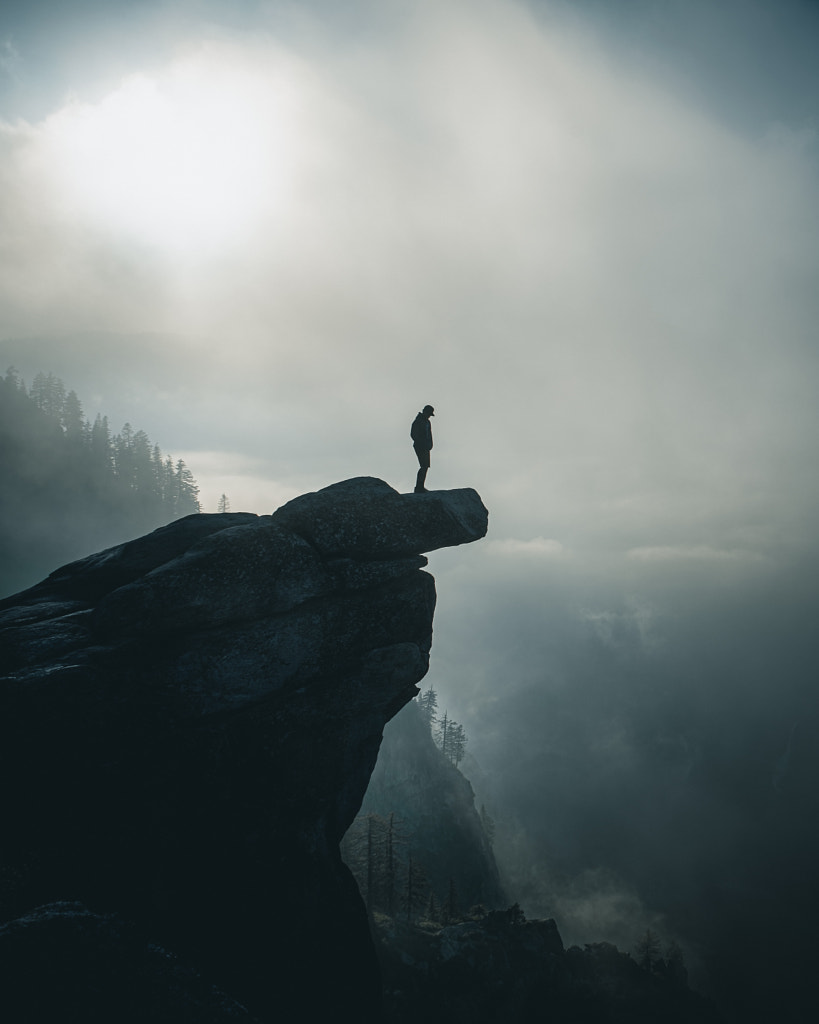
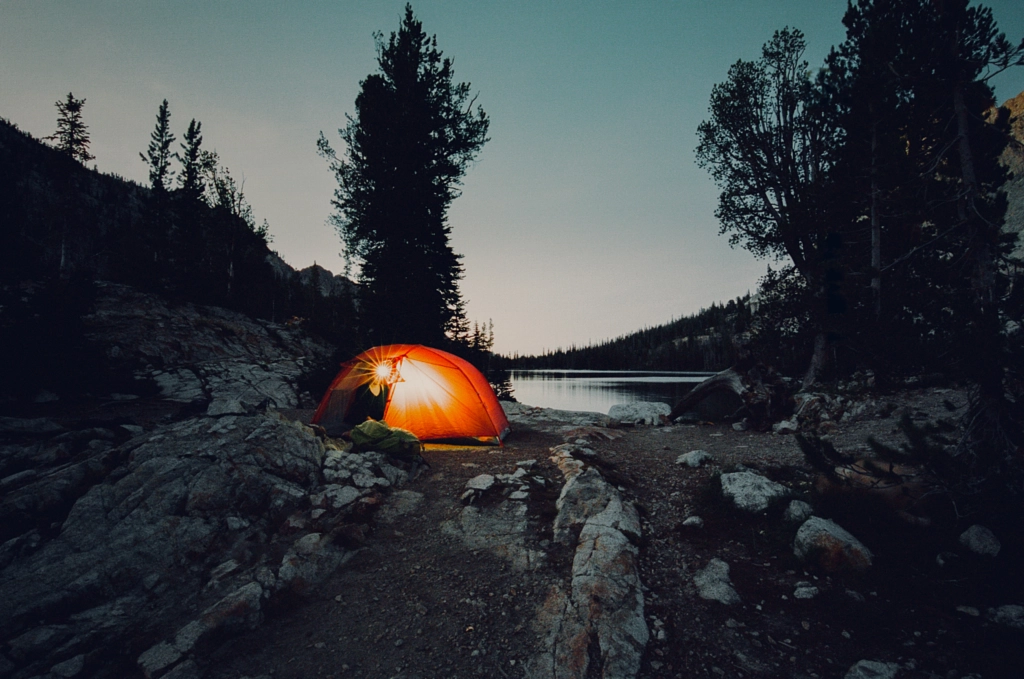
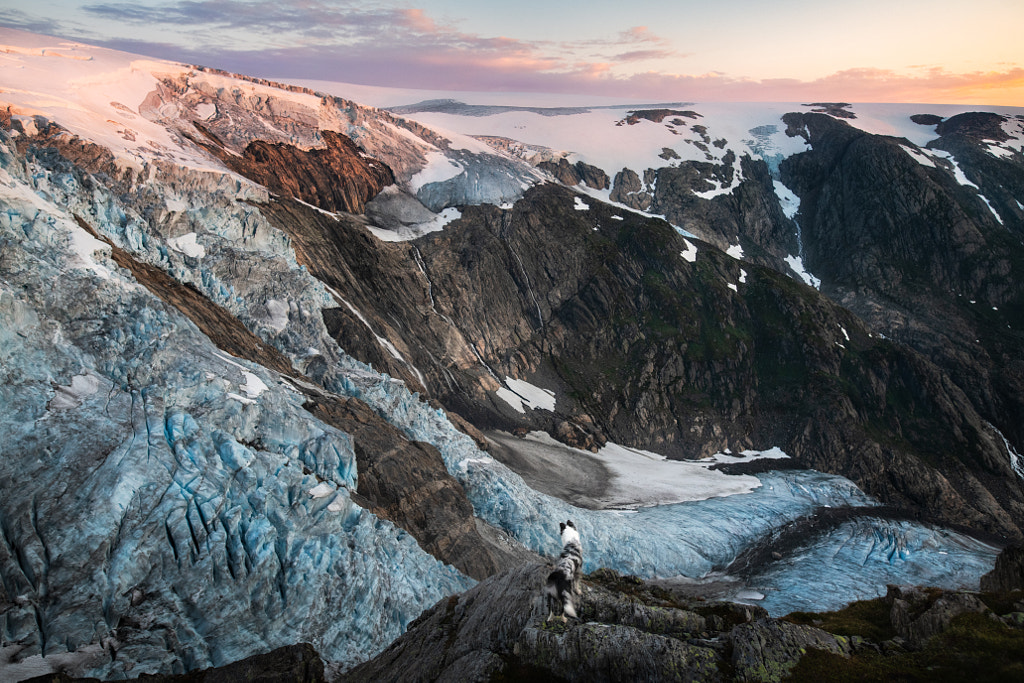
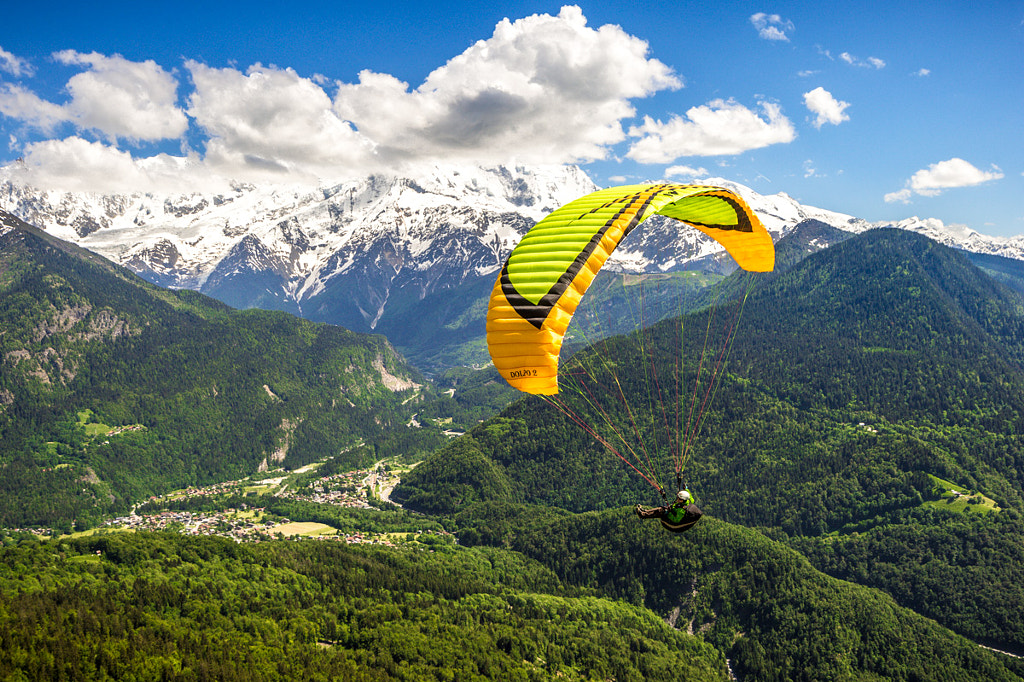
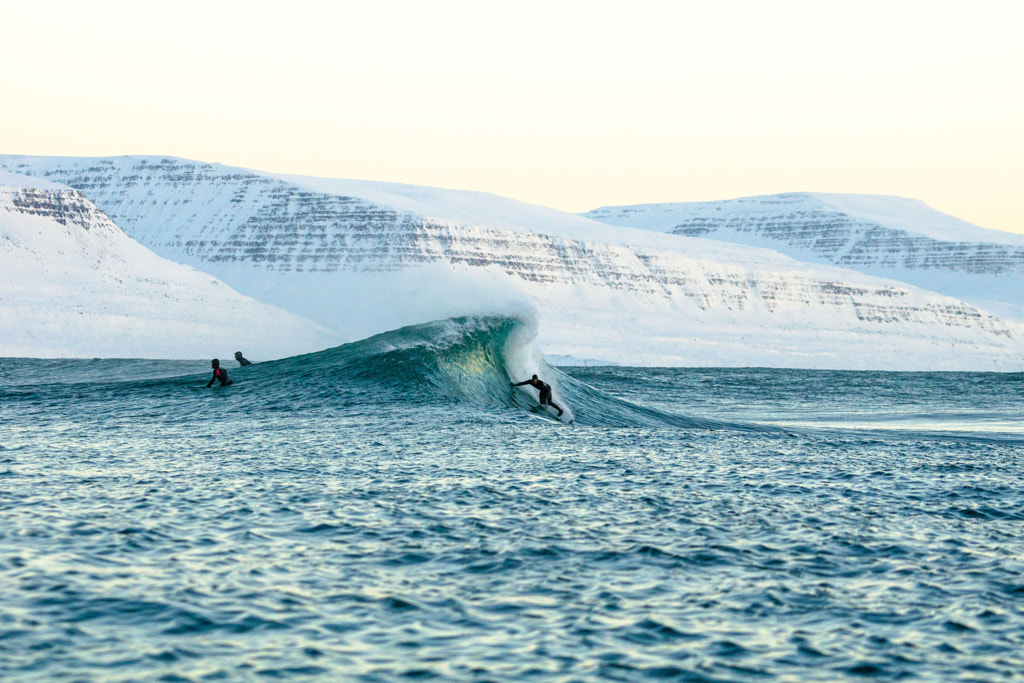
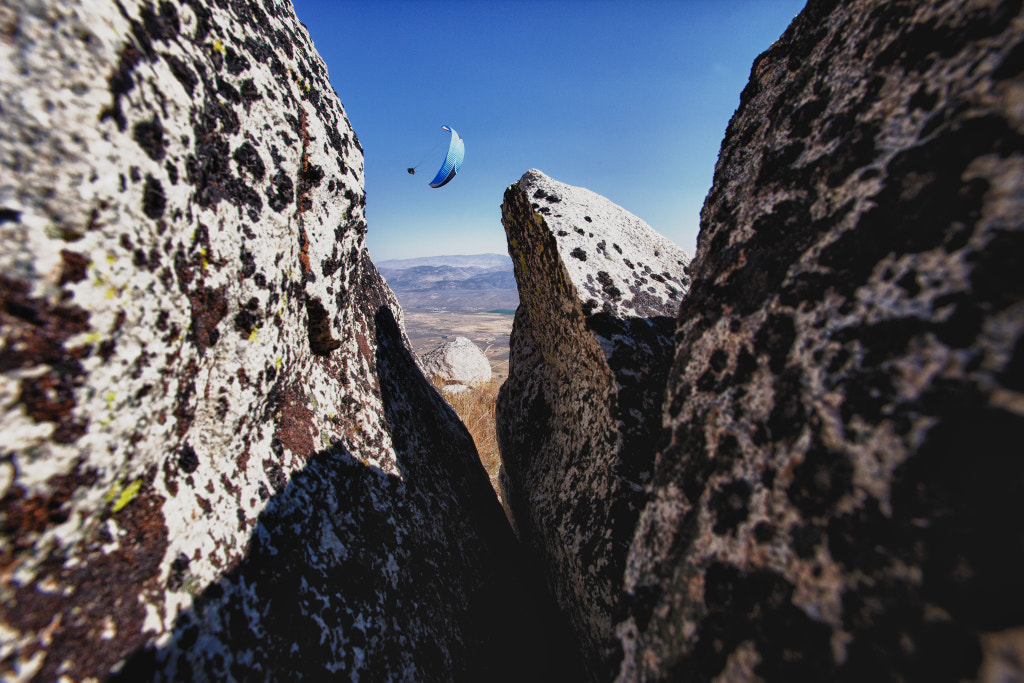
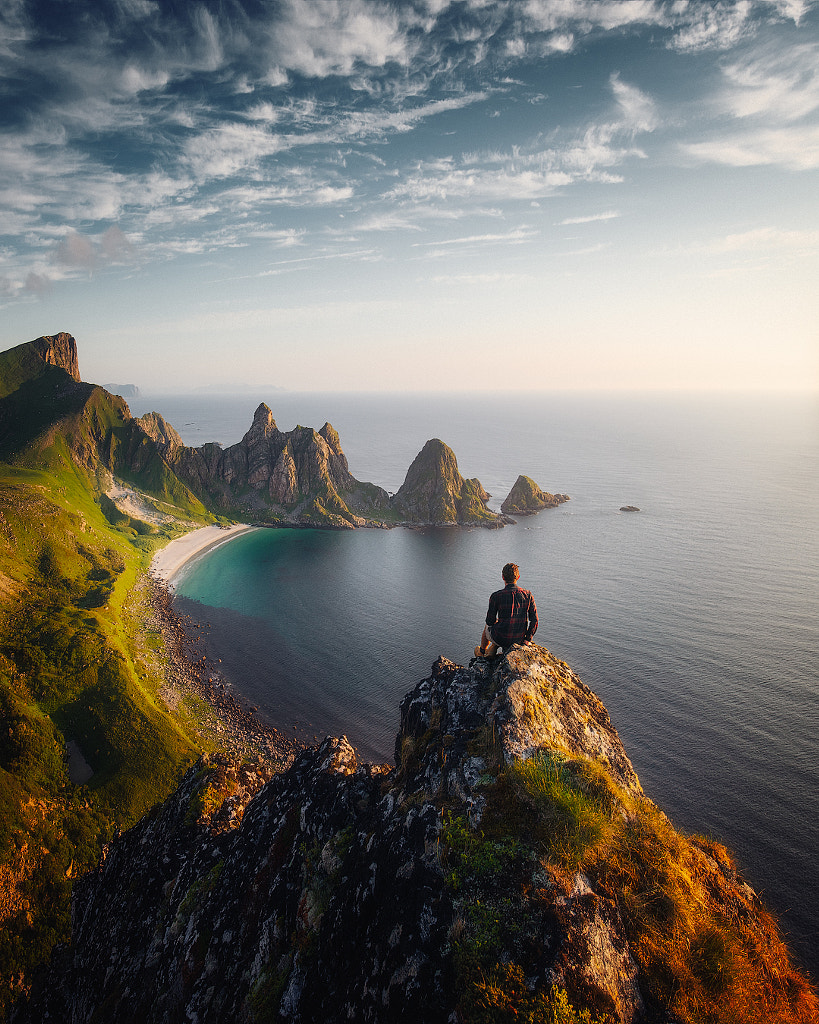


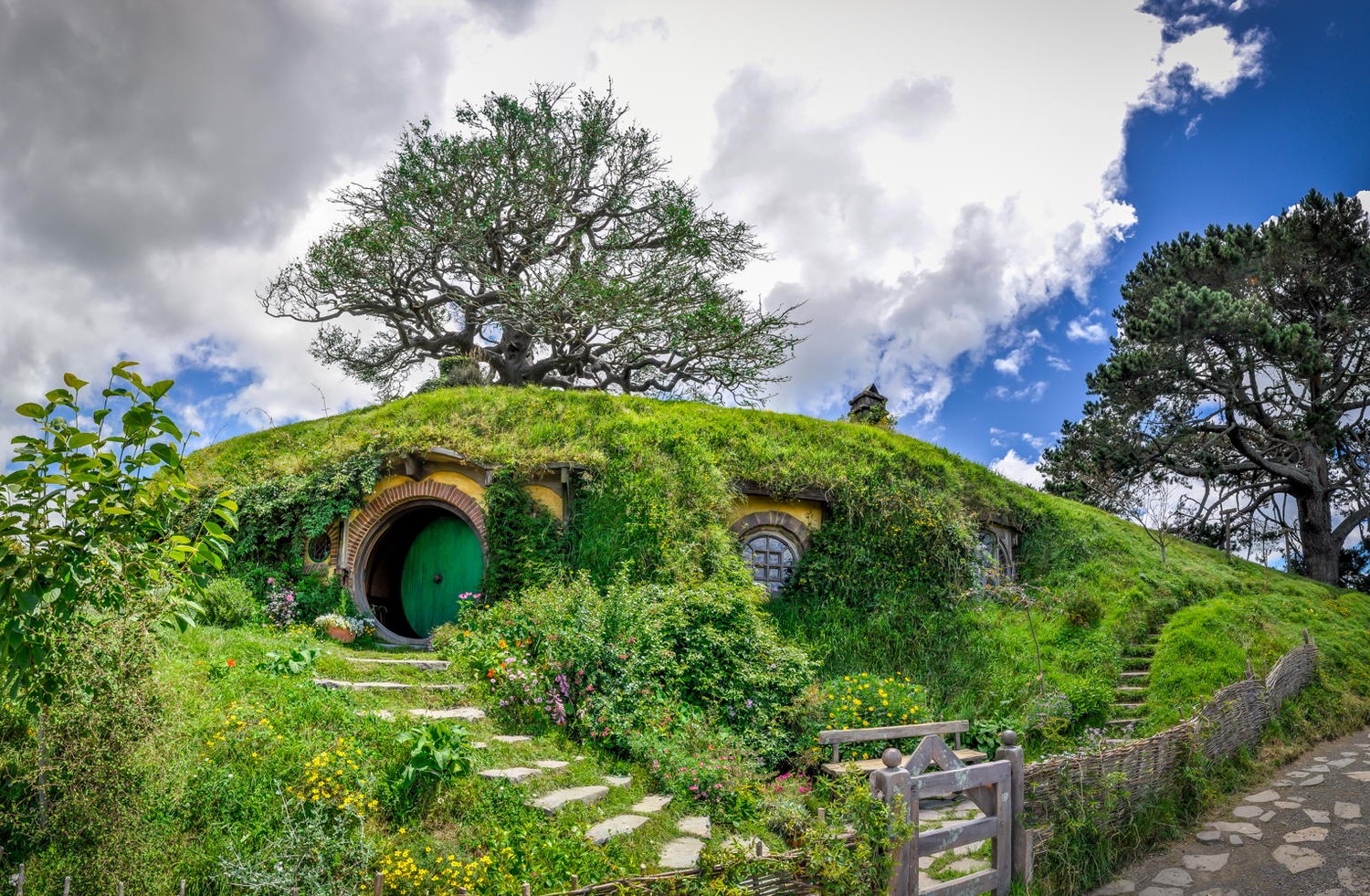
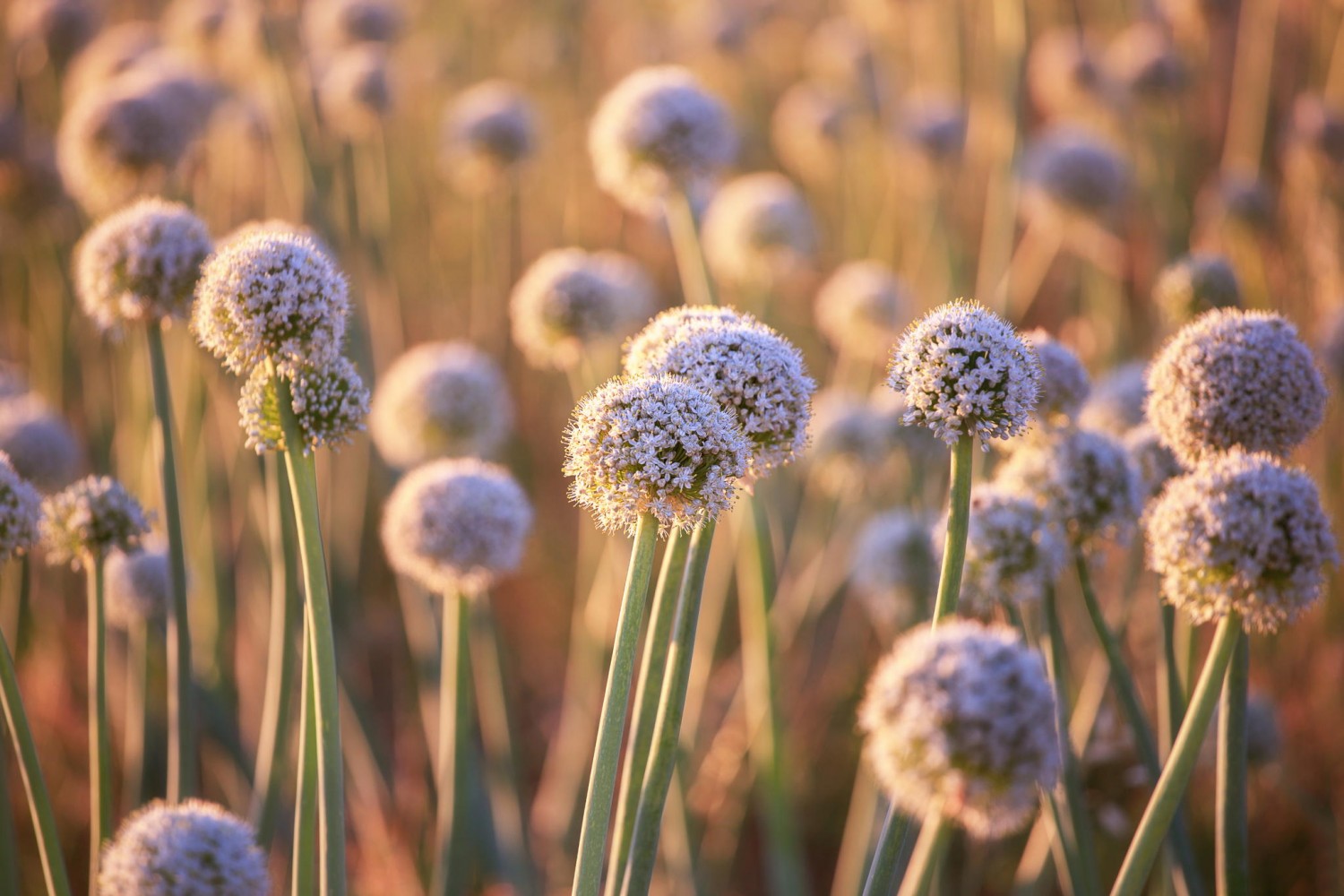
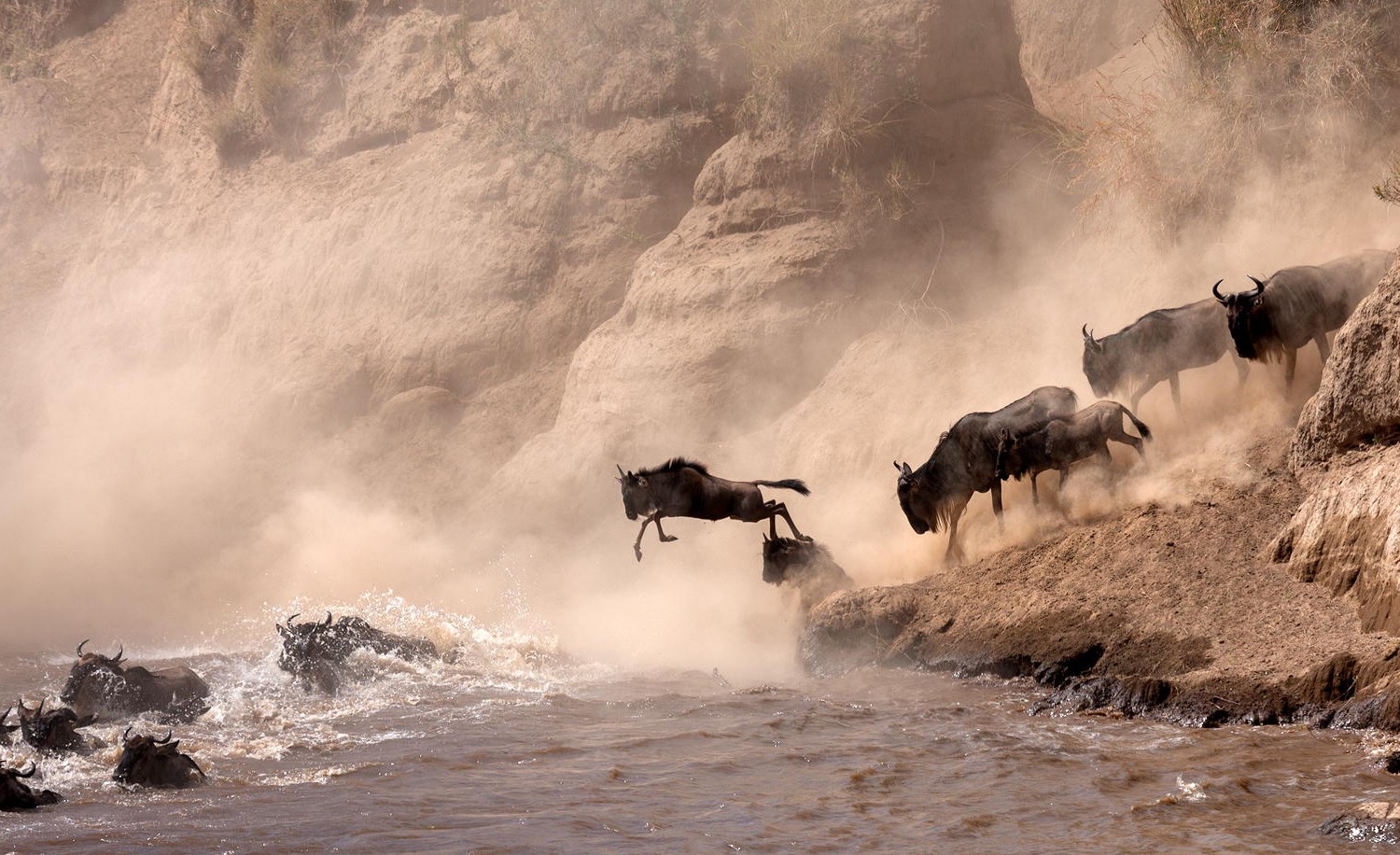
Leave a reply